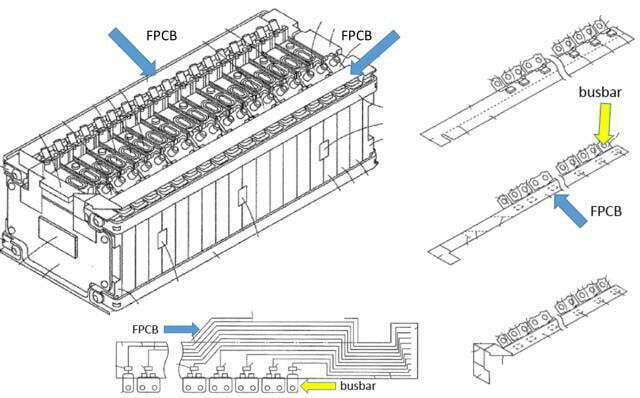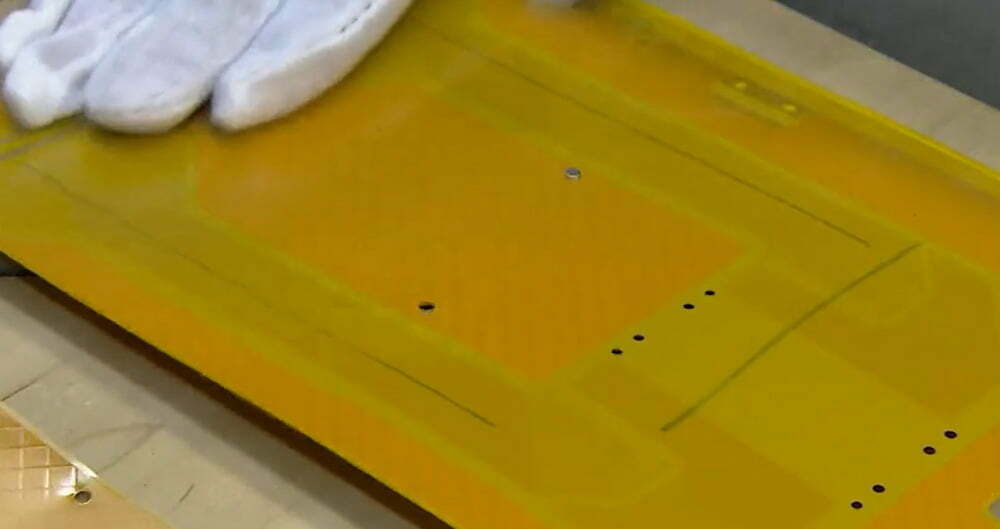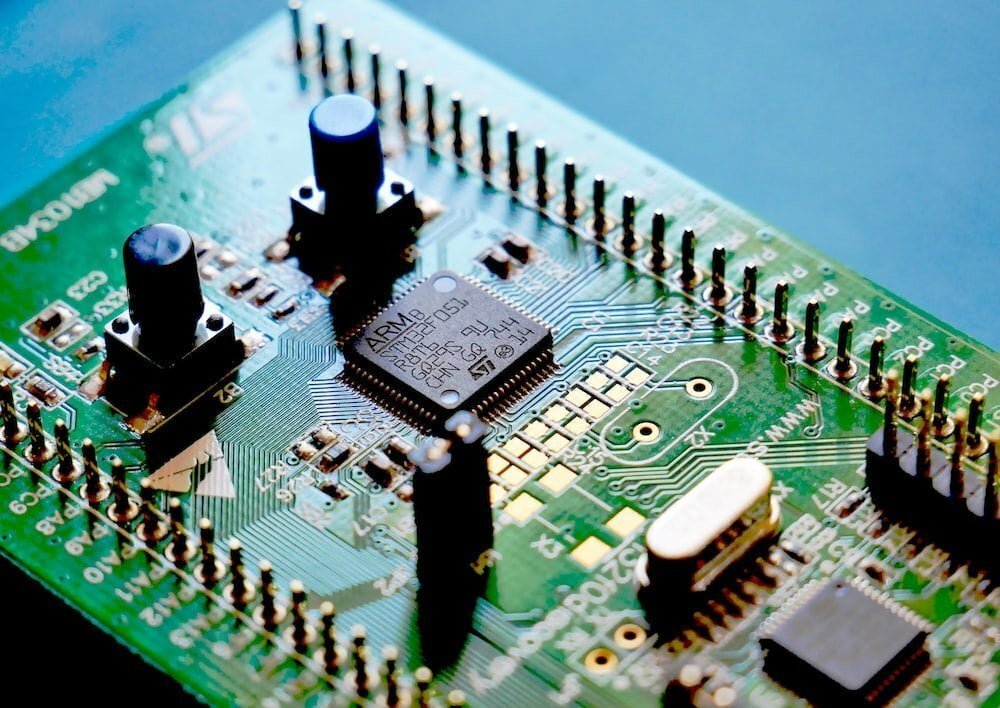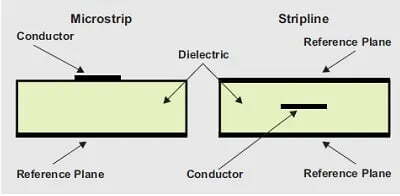You might be wondering what exactly a flexi board is, and if they’re something you should invest time in learning about. As the name suggests, these boards are flexible. What that flexibility allows for is up to you. Some people prefer a more rigid construction for a variety of reasons. Others like the extra freedom offered by a flex board. Either way, you’ll find that flex boards are becoming more common than ever before. In this article, we’ll talk about why you should invest time in learning about them, and what you can do to choose the right one for your project.
What is a Flexi Board?
Most people think of a board as a very rigid panel. That makes sense when you think about it since that’s most boards’ main purpose: to create a structure. However, boards are also able to flex. That flexibility allows people to create different types of structures. If you’re wondering what flexibility is, it’s when a material can bend without breaking. That’s the most important thing about flexibility: it doesn’t break. When you’re creating a structure, you want to make sure the material you’re using can bend without breaking. Flexible boards are created from a variety of different materials. Some are made from natural materials, while others are made from synthetic materials. The flexibility of the material is what makes it different from a rigid board.

Types of flexi boards
– Foam – This is a very common type of flexible board. It can be either rigid or soft, depending on the type of foam used. These boards are extremely lightweight and inexpensive to produce, making them a popular choice for both residential and commercial projects.
– ETFE – This is a transparent, clear flexible board, which is one of the most popular types of the flexible board. This type of board is particularly popular in the construction industry because of its transparency.
– TPO – This is a special type of polyethylene film that can be created into a flexible board. It’s transparent and clear, which makes it popular for sign boards.
– PVC – PVC is a very common material for creating flexible boards. It can be created in a variety of colors, so it’s perfect for creating creative flexible boards.
– Vinyl – This is another material that can be created into a flexible board. It’s a great choice for projects that need to look professional.
Advantages of a flexi board
Flexibility – This is the main reason why you’d want to use a flexible board. Having the ability to bend without breaking is incredibly important, especially when building structures. It’s also great for creating more personalized products, like signs.
Lightweight – Boards are often very lightweight because they’re made of a large number of smaller pieces. This means they’re easy to transport.
Versatile – Boards can be used for a variety of different purposes, which means they’re perfect for many different projects. They can be used indoors or outdoors, and they can be used indoors or outdoors.
Affordable – Boards are usually inexpensive. This means you can easily put them together yourself, which means you can save money.
Disadvantages of a flexi board
Thin – Boards are usually quite thin. This makes them less durable and less resistant to harsh weather conditions.
Limited colors – Boards only come in a limited number of colors. This makes them less versatile.
Limited styles – Boards are usually made from one type of material. This makes them less versatile.
Expensive – Boards are usually quite expensive, especially when you consider how thin they are.
Choosing the right flex board for your project
As we mentioned above, boards are flexible. When choosing a board, you should keep in mind how flexible it is, as well as how much it costs. If the board is extremely flexible, it might be hard to use it for the purpose it’s intended for. For example, if you want to make a sign, you want a flexible board that’s very flexible. If you’re unsure about how flexible the board is, you can always try to bend or fold it. If it bends without breaking, you know it’s flexible enough for your project. Also, if it’s reasonably priced, you should consider it. If you want to create a more durable product, you can also choose a rigid board. If you want to create a project that looks professional, you can choose a rigid board that’s made from a more durable material, like vinyl.
Summary
We hope you’ve enjoyed this article, and that it has helped you learn more about flexible boards. These boards are incredibly popular, and they’re great for a variety of different purposes. They’re easy to produce, inexpensive, and lightweight, which makes them a great choice for a variety of different projects. If you want to choose the right flexible board for your project, you should keep in mind how flexible it is, as well as how much it costs. This will help you choose the best flexible board for your project.








